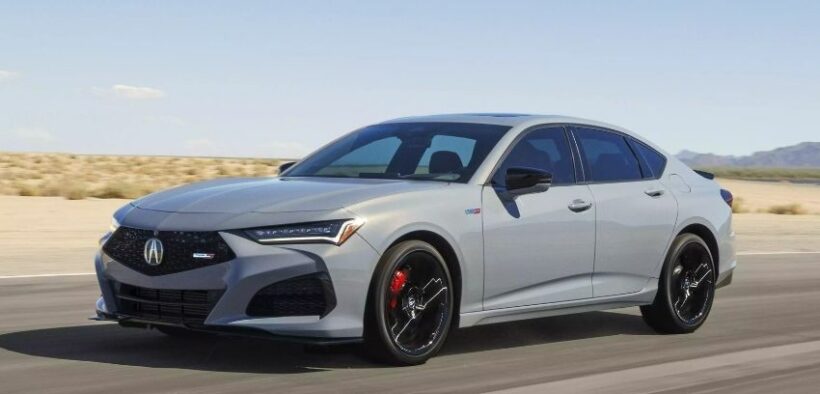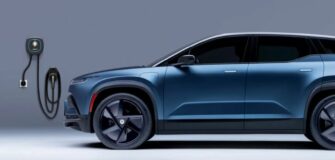How Does the 2024 Acura TLX Type S Handle the Roads?

For the uninitiated, cars serve a utilitarian purpose—getting from point A to B with minimal fuss. However, for the car aficionados among us, the allure of sport sedans, including the likes of the Audi S6, BMW 5 Series, Cadillac CT5-V, and the star of our discussion, the 2024 Acura TLX Type S, goes beyond practicality. To the performance devotees, the thrill of pushing an engine to its limits, the exhilaration of precise cornering, and the irresistible urge to return to the driver’s seat for more define the worth of these machines.
The All-New 2024 Acura TLX Type S
The 2024 Acura TLX Type S emerges from its cocoon of updates as a more refined and intelligent version of its predecessor. The exterior receives subtle enhancements to accommodate a sophisticated driver-assist system. Inside, the instrument cluster gives way to a futuristic 12.3-inch screen, complemented by an equally expansive infotainment display. Acura ensures a premium driving experience by making the head-up display and a high-end audio system standard. Add to this a palette of new colors and wheel options, and the TLX Type S positions itself as a sporty sedan with a touch of elegance.
Performance Boost
Despite the cosmetic upgrades, the core performance of the TLX Type S remains largely untouched. The 3.0-liter turbocharged V-6 engine, positioned ahead of the front axle, pairs with a 10-speed automatic transmission and torque-vectoring all-wheel drive. While the Sport+ drive mode undergoes a tweak for snappier throttle response, the overall performance retains its previous vigor. The brake-by-wire system, equipped with 14.3-inch Brembo brakes in the front, effectively manages the 355 horsepower and 354 lb-ft of torque. Optional Pirelli summers on 20-inch copper wheels accentuate the connection between the tires and the pavement.
Pricing and Comparisons
As enhancements find their way into the TLX Type S, so does a subtle increase in price. Starting at $58,195, the 2024 model steps up from last year’s $56,945. A fully equipped model, as tested, reaches $62,477. This places the TLX Type S in a competitive realm, slightly under the Audi S6, BMW 5 Series with M Sport, and Mercedes-AMG E53. However, it demands a premium compared to rivals like the Cadillac CT5-V, Audi S4, and AMG C43. The question arises: Do the updates justify the cost and potential efficiency compromises?
 Power and Agility
Power and Agility
With 355 horsepower at your command, the TLX Type S offers a spirited driving experience. Acceleration is swift, and Acura’s “Super-Handling All-Wheel Drive” system efficiently channels power to the wheels. The 10-speed automatic transmission complements the engine’s powerband, minimizing turbo lag with a well-matched gear spread. It excels in straight-line bursts, providing a satisfying punch and ensuring an engaging drive.
Curves and Challenges
However, the TLX Type S faces its Achilles’ heel when cornering becomes the focus. Body roll becomes apparent, and the steering, though artificially heavy, lacks the precision and feedback expected in a sports sedan. Aggressive drive modes contribute to a stiffer ride without a substantial improvement in handling. The brakes, while adequate for city driving, falter when rapid deceleration is required, compromising modulation and responsiveness.
Interior Upgrades
Inside, the 2024 TLX Type S witnesses positive changes, including a pinstriped digital dash, a head-up display, and an enlarged infotainment screen. However, the user interface, managed via a console-mounted trackpad, remains finicky. While driving aids are effective, they fall short of the advancements seen in competitors like the CT5-V.
In conclusion, the 2024 Acura TLX Type S, while moderately powerful and aesthetically pleasing, falls short of the elevated standards set by its rivals and even Acura’s own Integra Type S. The updates, though appreciated, do not position it as a trailblazer in the sport sedan realm. The lingering questions of cost justifiability and the car’s standing among its peers leave it in a precarious position.









